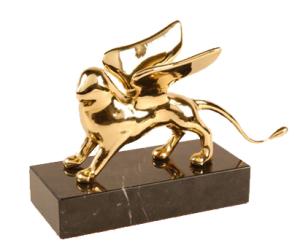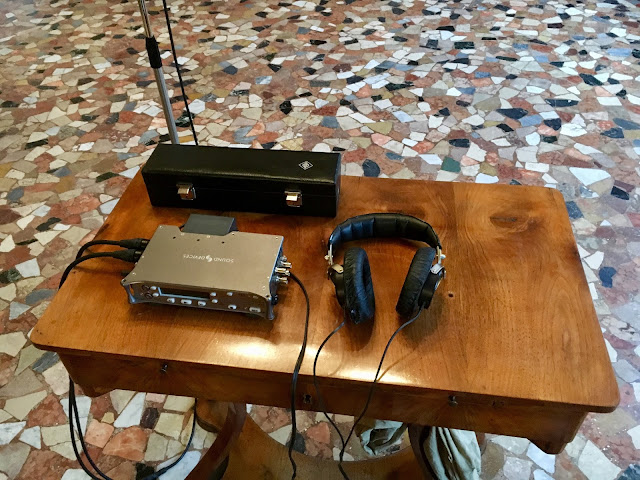What is a DDP file, and what are the advantages?
DDP stands for “Disc Description Protocol”, a proprietary format developed by DCA, Inc. DDP files are used when sending music to a CD manufacturer (also used for DVD formats). DDP files allow you to set all of the parameters for the CD such as the exact gap between each song, the cross fades and other information. A DDP file allows the producer and mastering engineer to have complete control over all parameters for the CD, therefore it is recommended for critical applications when you have very specific artistic needs for the production.
In the early days of CD manufacturing, a CD audio “master” would be sent to the manufacturer, and they would create a glass master from that CD from which all of the copies would be made with. This approach is still used today in many situations. The advantage is that it’s simple. The disadvantage is that if your original CD master contains any data errors (which are quite common, just not easy to hear because the CD player “rebuilds” the damaged audio on playback using redundant information stored on the CD), those errors get included in the manufactured CDs as well. DDP files, on the other hand, have a significant amount of error correction built in which prevents any errors from making it to the final finished product.
Many CD manufacturers also accept regular audio files (typically WAV or AIF format), and there’s nothing wrong with using those to assemble the CD from, however, it’s important to note that unless you yourself can make time to meet with the manufacturer to set up the layout for the CD (gaps, any cross fades, pause marks etc.), the manufacturer will most likely use a default setting which may or may not meet your needs.
Important Note: To avoid misunderstandings and extra cost, I recommend checking with the disc manufacturer, or duplicator, to confirm if they can accept a DDP file, before you choose to use this file format for your project. Many disc duplicators are setup to duplicate finished media (for example, an Audio CD), versus taking a DDP file and making an Audio CD from it. If you send them a DDP file in that situation, you may end up with several hundred disc-copies of a DDP file! To be safe, always ask first.
How do you create a DDP file?
DDP files are fairly simple to create, you just need the right software. Please refer to the links page for some examples of DDP creator software available on the market, today. Making a DDP file is a lot like authoring a CD. You assemble your list of songs in the DDP creator software, and then setup any additional features that you need to include in the CD. After you have finished, you export the DDP file.
Can DDP help prevent errors in digital delivery formats such as iTunes?
While it is true that raw audio files can become corrupted when sent over the internet, DDP is designed specifically for use in CD manufacturing. If you are submitting your songs for music mastering, or to iTunes or other digital distribution services, I recommend zipping the files to an archive format (ZIP, RAR, TAR etc.) before sending it. If the zip file goes corrupt during transmission, it will not open, thus guaranteeing that you’ll know that your audio files are error free.
Questions and Answers
Question: What are the differences between DDP for a CD and a DDP for a DVD?
Answer: The DDP format allows you to create the entire specification for the master disc. For example with CD, you specify the number and order of all tracks for the disc, the gaps between tracks, pause points and any CD-text. For DVD, it is largely the same idea, except that you have a lot more options depending on what type of DVD you are creating (DVD-Video, DVD-Audio, DVD or HD-DVD ROM) and the types of media you are putting on the disc. To create a DDP image for DVD, you would use an authoring package that supports DDP V2.10 or higher. After you have assembled the DVD project, you would output that project as a DDP 2.10 format file. I found this article from Larry Jordan that explains an example scenario of creating a dual-layer video DVD DDP file using DVD Studio Pro.
Question: I have finished making a movie, and I am working with a media manufacturing company to master and manufacture a DVD. They are asking me to send a DDP file. I don’t own DVD Studio. How do I make a DDP from Final Cut Pro X or Apple Compressor 4.2?
Answer: While I am not a video specialist, I have done some research and based upon what I’ve found, you have two options:
1.Best option I’ve found if you absolutely require DDP format: Burn a DVD-R from Final Cut Pro X or Apple Compressor, and then use a conversion utility such as Gear to create a DDP image file using the DVD-R copy (more information, here).
2.Possible alternative (don’t use DDP): For whatever reason, DDP does not seem to have been widely adopted for Video disc formats (no support for Blu-ray, for example). Ask the manufacturer if they will accept an alternative format, in case they are only asking for DDP to avoid file corruption. If you export your DVD files, or a DVD IMG file from Final Cut Pro or Apple Compressor and then archive the file(s) using ZIP or RAR. These utilities offer built in error correction and will alert you to any problems when you open the archive.
Question: What is the best way to send a DDP file to a CD manufacturer?
Answer: I recommend asking the manufacturer you choose, because some will ask you to send them the DDP file on a CD, whereas others will accept electronic delivery. Electronic delivery is absolutely fine as long as the manufacturer will accept it, because the DDP format protects against the possibility of file corruption (it either opens or it doesn’t, so if it opens you can be assured there is no corruption).
Reminder: Always double check with the manufacturer that they will create an audio CD using your DDP source file. That is, you want them to create a batch of audio CDs, not a batch of CD ROMs with DDP files on them.
Question: My mastering engineer gave me a DDP file, instead of a mastered CD of our project. How do I listen to the DDP file? Do I need to purchase special software?
Answer: A DDP Player utility will allow you to play a DDP file on your computer, just like a virtual CD. You will be able to listen to your whole project, and view the meta data (i.e. CD Text). Before purchasing a DDP Player utility, I suggest asking the person who created your DDP file in case they can provide you with one.
More Information:
• DDP Specification (DCA Inc.)
• DDP Wiki
• Introduction to DDP (The Pro Audio Files)
• Gear Software DDP information
















































































.jpg)


.jpg)













































